A Long- Term Retrospective Study on the Incidence of Urinary Stones in Wuwei City, Gansu Province, China from 1995 to 2016
DOI: 10.23977/medsc.2023.040114 | Downloads: 8 | Views: 1097
Author(s)
Shuyuan Zhang 1,2, Qiling Liu 1, Shuxuan Song 2, Zhaohua Ji 2, Weilu Zhang 2, Yong Long 2
Affiliation(s)
1 Shaanxi University of Chinese Medicine, Xianyang, Shaanxi, 712099, China
2 Department of Epidemiology, Ministry of Education Key Lab of Hazard Assessment and Control in Special Operational Environment, School of Public Health, Air Force Medical University, Xi'an, Shaanxi, 710000, China
Corresponding Author
Yong LongABSTRACT
This retrospective longitudinal study investigated the reasons for the increased morbidity of urinary stones in Wuwei City, China, between 1995 and 2016. To extract the case history of patients with urinary stones from 12 hospitals in Wuwei City, and analyze them with Excel 2019, Joinpoint v10.2 and SPSS v22.0. ArcGIS v10.2 was used to map the geographical distriburinary stoneson and SaTScan v9.6 was used for spatial-temporal analysis to identify clusters of occurrence. Clusters of outbreaks were identified using SaTScan v9.6. Of the 5497 urinary stones patients (43.07 ± 15.95 years), male (3843, 69.9%) with a Gender ratio of 2.32:1. The morbidity of urinary stones in men and women shows total growth trend. From 1995 to 2016, the annual percentage change (APC) is 15.1% (95% confidence interval (CI): 12.3–18.1%) and 19.4% (19.4% (95% CI: 16.4-22.5%), respectively. Identifying four clusters that dynamically develop and monitor urinary stones in Uwajima. To discover and prevent the occurrence of acute and severe diseases in time, and to prevent and manage urinary stones. The study could be guide local authorities in initiating urinary stones prevention and management activities.
KEYWORDS
Urinary stones, Spatiotemporal clustering, Spatial distriburinaryCITE THIS PAPER
Shuyuan Zhang, Qiling Liu, Shuxuan Song, Zhaohua Ji, Weilu Zhang, Yong Long, A Long- Term Retrospective Study on the Incidence of Urinary Stones in Wuwei City, Gansu Province, China from 1995 to 2016. MEDS Clinical Medicine (2023) Vol. 4: 87-94. DOI: http://dx.doi.org/10.23977/medsc.2023.040114.
REFERENCES
[1] Bryant M., Angell J., Tu H., et al. "Health related quality of life for stone formers". J Urol, vol. 188, no. 2, pp. 436-40, 2012.
[2] Talwar R. and Ziemba J. "Validated Methods of Assessing Quality of Life in Stone Disease". Curr Urol Rep, vol. 19, no. 4, pp. 25, 2018.
[3] Hyams E. S. and Matlaga B. R. "Economic impact of urinary stones". Transl Androl Urol, vol. 3, no. 3, pp. 278-83, 2014.
[4] Kittanamongkolchai W., Vaughan L. E., Enders F. T., et al. "The Changing morbidity and Presentation of Urinary Stones over 3 Decades". Mayo Clin Proc, vol. 93, no. 3, pp. 291-299,2018.
[5] Sakamoto S., Miyazawa K., Yasui T., et al. "Chronological changes in epidemiological characteristics of lower urinary tract urinary stones in Japan". Int J Urol, vol. 26, no. 1, pp. 96-101,2019.
[6] Wu J., Lin Z., Liu Z., et al. "Secular trends inthe morbidity of eating disorders in China from 1990 to 2017: a joinpoint and age-period-cohort analysis". Psychol Med, vol. no. pp. 1-11,2020.
[7] Lee S. U., Park J. I., Lee S., et al. "Changing trends in suicide rates in South Korea from 1993 to 2016: a descriptive study". BMJ Open, vol. 8, no. 9, pp. e023144,2018.
[8] Park R., O'Brien T. F., Huang S. S., et al. "Statistical detection of geographic clusters of resistant Escherichia coli in a regional network with WHONET and SaTScan". Expert Rev Anti Infect Ther, vol. 14, no. 11, pp. 1097-1107,2016.
[9] Tundo G., Vollstedt A., Meeks W., et al. "Beyond Prevalence: Annual Cumulative morbidity of Kidney Stones in the United States". J Urol, vol. 205, no. 6, pp. 1704-1709,2021.
[10] Rule A. D., Lieske J. C. and Pais V. M., Jr. "Management of Kidney Stones in 2020". Jama, vol. 323, no. 19, pp. 1961-1962, 2020.
[11] Thongprayoon C., Krambeck A. E. and Rule A. D. "Determining the true burden of kidney stone disease". Nat Rev Nephrol, vol. 16, no. 12, pp. 736-746, 2020.
[12] Wang S., Zhang Y., Zhang X., et al. "Upper urinary tract stone compositions: the role of age and gender". Int Braz J Urol, vol. 46, no. 1, pp. 70-80, 2020.
[13] Polat E. C., Ozcan L., Otunctemur A., et al. "Relation of urinary stone disease with androgenetic alopecia and serum testosterone levels". Urinary stones, vol. 44, no. 5, pp. 409-13,2016.
[14] Huang H., Li M., Fan H., et al. "Temporal Trend of urinary stones morbidity in China: An Age-Period-Cohort Analysis". Int J Gen Med, vol. 14, no. pp. 2533-2539,2021.
[15] Najem G. R., Seebode J. J., Samady A. J., et al. "Stressful life events and risk of symptomatic kidney stones". Int J Epidemiol, vol. 26, no. 5, pp. 1017-23,1997.
[16] Lundeen C., Lim J. R. Z., Scotland K. B., et al. "What is the relationship of stress to patients' kidney stone-related quality of life?" Can Urol Assoc J, vol. 15, no. 5, pp. E256-e260, 2021.
[17] Goldfarb D. S. and Hirsch J. "Hypothesis: Urbanization and exposure to urban heat islands contribute to increasing prevalence of kidney stones". Med Hypotheses, vol. 85, no. 6, pp. 953-7, 2015.
[18] Inoue Y., Qin B., Poti J., et al. "Epidemiology of Obesity in Adults: Latest Trends". Curr Obes Rep, vol. 7, no. 4, pp. 276-288, 2018.
[19] Borghi L., Meschi T., Amato F., et al. "Urinary volume, water and recurrences in idiopathic calcium nephrolithiasis: a 5-year randomized prospective study". J Urol, vol. 155, no. 3, pp. 839-43, 1996.
[20] Stoots S. J. M., Kamphuis G. M., Geraghty R., et al. "Global Variations in the Mineral Content of Bottled Still and Sparkling Water and a Description of the Possible Impact on Nephrological and Urological Diseases". J Clin Med, vol. 10, no. 13, pp. 2021.
[21] Ansari M. S. and Gupta N. P. "Impact of socioeconomic status in etiology and management of urinary stone disease". Urol Int, vol. 70, no. 4, pp. 255-61, 2003.
[22] Peng W., Wang S., Han S., et al. "Double burden of malnutrition in urbanized settled Tibetan communities on the Tibetan plateau". Asia Pac J Clin Nutr, vol. 29, no. 1, pp. 161-165, 2020.
[23] Dai M., Zhao A., Liu A., et al. "Dietary factors and risk of kidney stone: a case-control study in southern China". J Ren Nutr, vol. 23, no. 2, pp. e21-8, 2013.
[24] Bao Y., Tu X. and Wei Q. "Water for preventing urinary stones". Cochrane Database Syst Rev, vol. 2, no. 2, pp. Cd004292, 2020.
| Downloads: | 9944 |
|---|---|
| Visits: | 662843 |
Sponsors, Associates, and Links
-
Journal of Neurobiology and Genetics
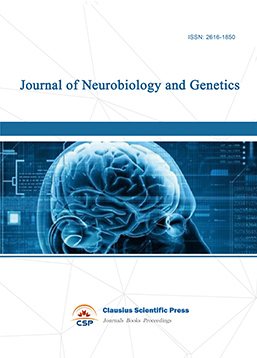
-
Medical Imaging and Nuclear Medicine
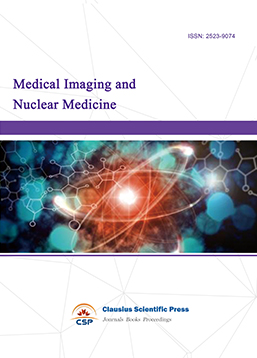
-
Bacterial Genetics and Ecology
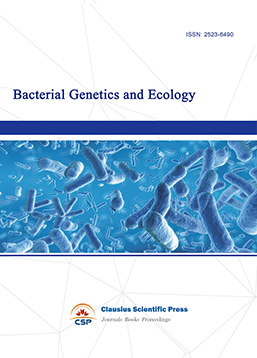
-
Transactions on Cancer
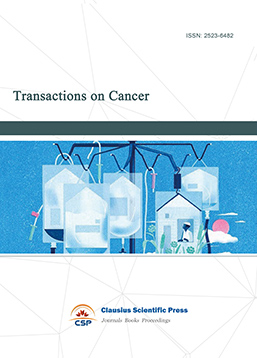
-
Journal of Biophysics and Ecology
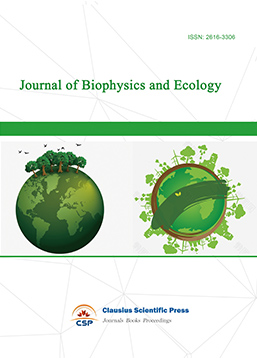
-
Journal of Animal Science and Veterinary
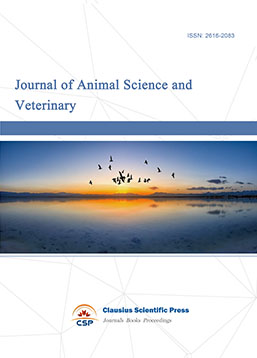
-
Academic Journal of Biochemistry and Molecular Biology
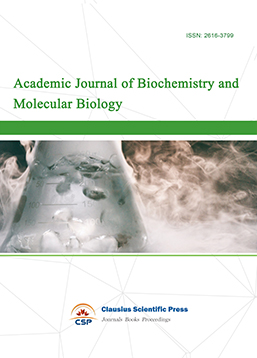
-
Transactions on Cell and Developmental Biology
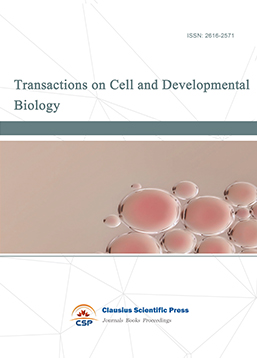
-
Rehabilitation Engineering & Assistive Technology
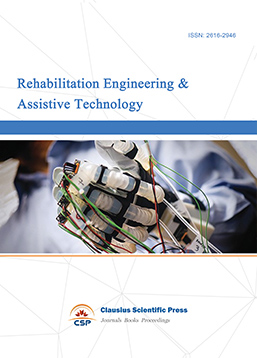
-
Orthopaedics and Sports Medicine
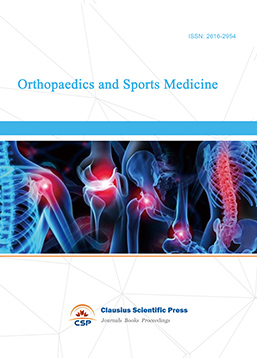
-
Hematology and Stem Cell
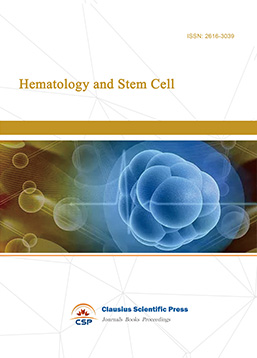
-
Journal of Intelligent Informatics and Biomedical Engineering
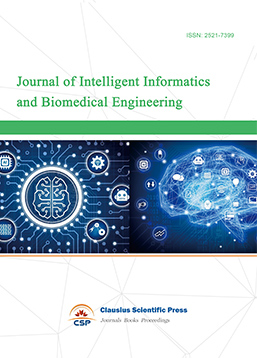
-
MEDS Basic Medicine
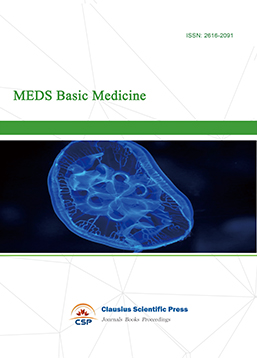
-
MEDS Stomatology
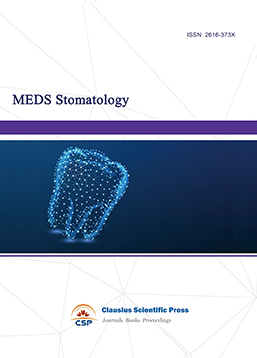
-
MEDS Public Health and Preventive Medicine
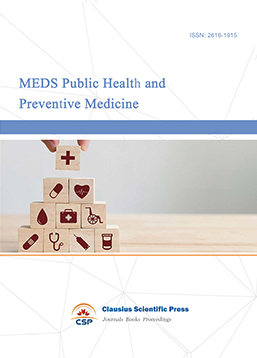
-
MEDS Chinese Medicine
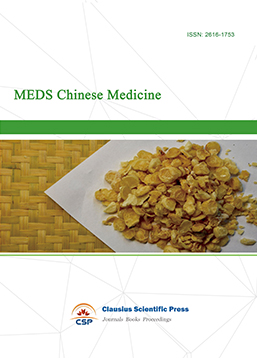
-
Journal of Enzyme Engineering
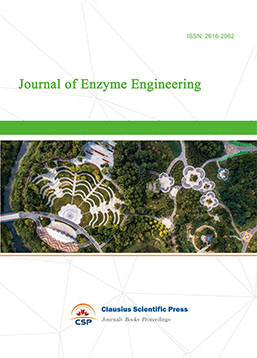
-
Advances in Industrial Pharmacy and Pharmaceutical Sciences
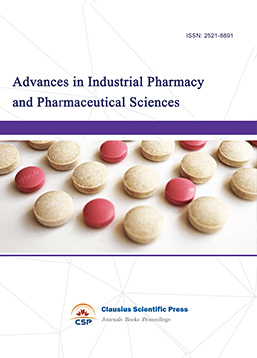
-
Bacteriology and Microbiology
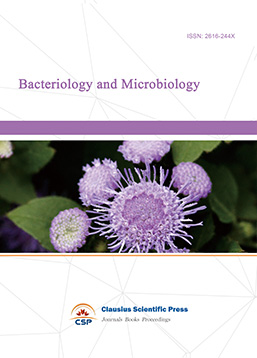
-
Advances in Physiology and Pathophysiology
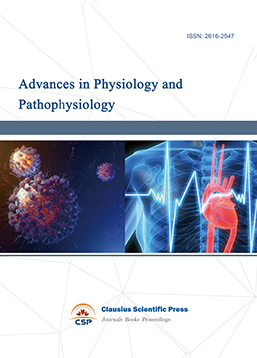
-
Journal of Vision and Ophthalmology
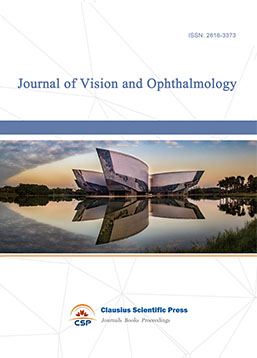
-
Frontiers of Obstetrics and Gynecology
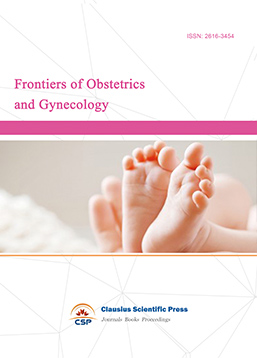
-
Digestive Disease and Diabetes
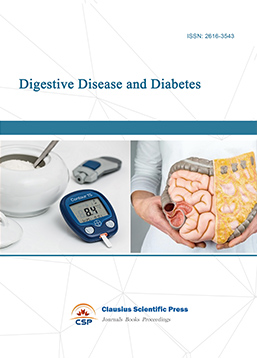
-
Advances in Immunology and Vaccines

-
Nanomedicine and Drug Delivery
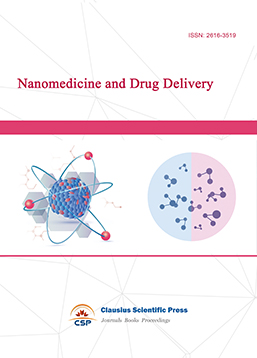
-
Cardiology and Vascular System
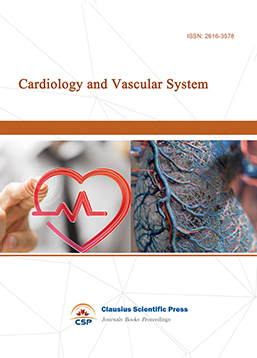
-
Pediatrics and Child Health
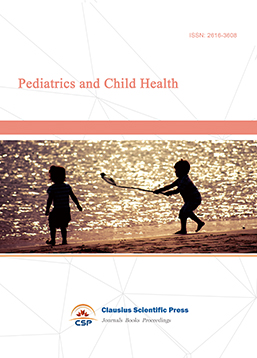
-
Journal of Reproductive Medicine and Contraception
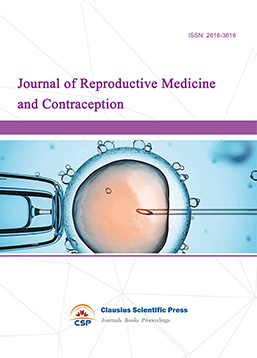
-
Journal of Respiratory and Lung Disease
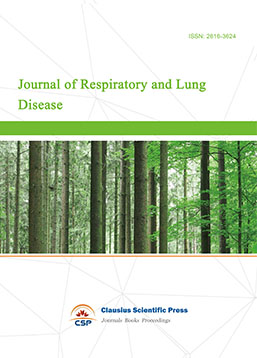
-
Journal of Bioinformatics and Biomedicine
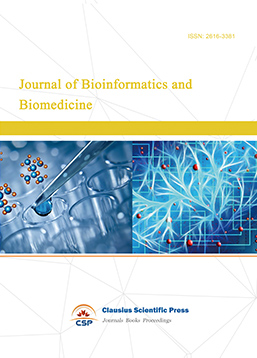

 Download as PDF
Download as PDF